According to statement issued at the conclusion of today’s Federal Open Market Committee meeting, committee members decided against raising the target federal funds rate. Mixed economic conditions, slower economic growth in the 4th quarter and low inflation contributed to the decision against raising rates. The target federal funds rate was raised in December to a range of 0.25 to 1.59 percent after remaining at 0.00 to 0.25 percent for several years. While rising fed rates were expected to cause a hike in mortgage rates, mortgage rates fell after December’s rate hike.
FOMC Statement: Fed Holds Steady on Rates
According to statement issued at the conclusion of today’s Federal Open Market Committee meeting, committee members decided against raising the target federal funds rate. Mixed economic conditions, slower economic growth in the 4th quarter and low inflation contributed to the decision against raising rates. The target federal funds rate was raised in December to a range of 0.25 to 1.59 percent after remaining at 0.00 to 0.25 percent for several years. While rising fed rates were expected to cause a hike in mortgage rates, mortgage rates fell after December’s rate hike.
What’s Ahead For Mortgage Rates This Week – December 21, 2015
Last week’s scheduled economic reports included the NAHB Housing Market Index, Housing Starts, FOMC statement and Fed Chair Janet Yellen’s press conference. In addition to weekly reports on jobless claims and mortgage rates, inflation reports were also released.
Federal Reserve Raises Short-Term Interest Rates
After prolonged speculation by economic analysts and news media, the Federal Open Market Committee of the Federal Reserve raised short-term interest rates for the first time in seven years. Committee members voted to raise the target federal funds rate to a range of 0.25 to 0.50 percent from a range of 0.00 to 0.25 percent to be effective December 17.
What’s Ahead For Mortgage Rates This Week – December 14, 2015
Last week’s scheduled economic releases included reports on job openings, retail sales and consumer confidence in addition to usual weekly releases on mortgage rates and new jobless claims.


